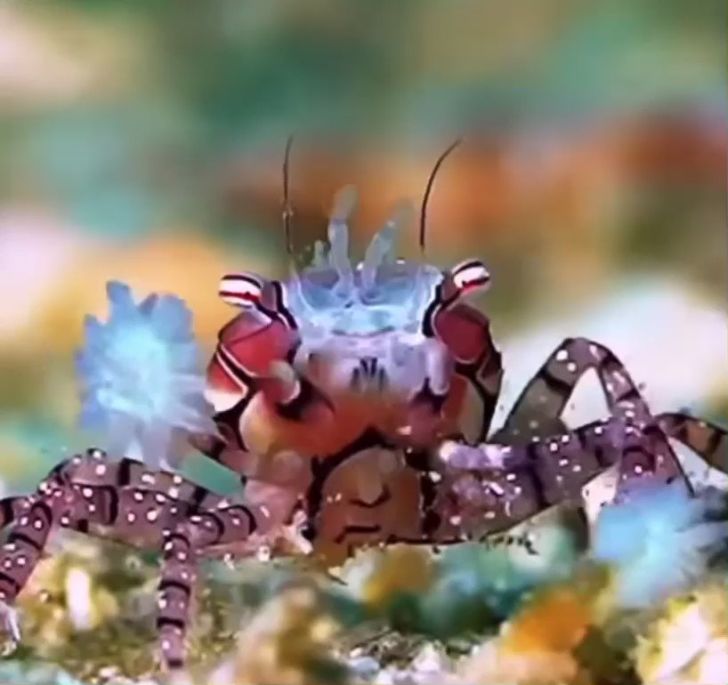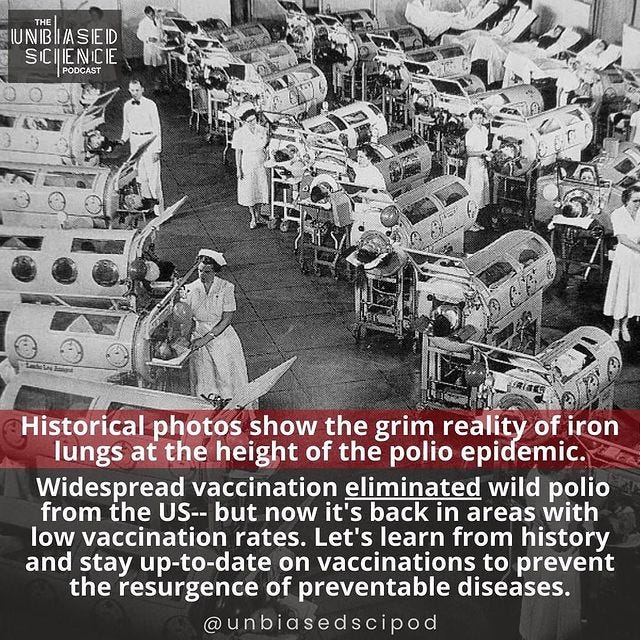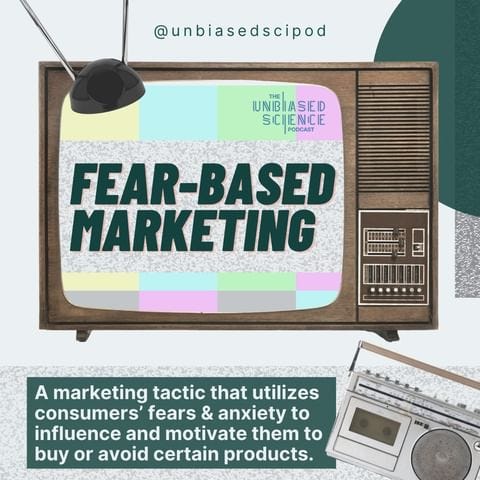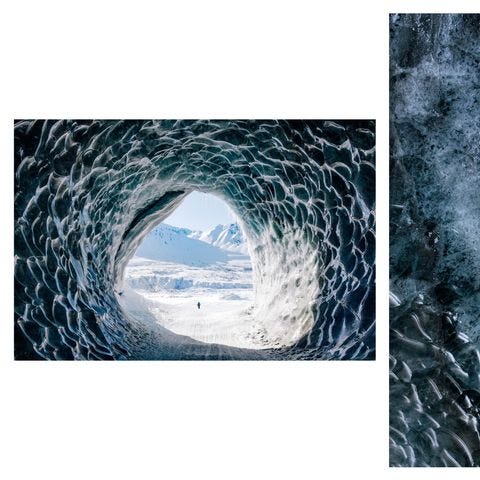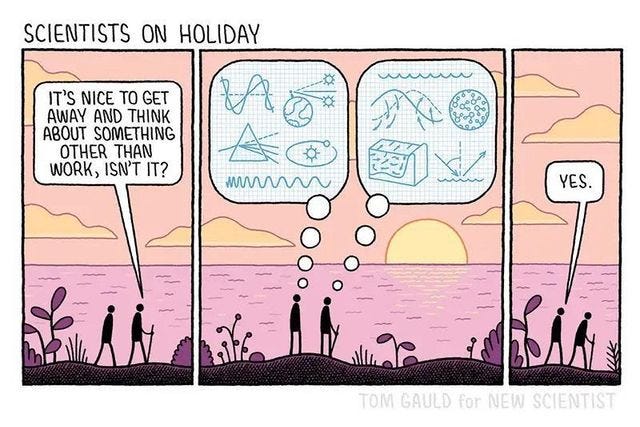The Dose: Pom Pom Crabs
Iron lung machines, periodic elements in danger and pom pom crabs
Welcome to The Dose! If you haven’t already, subscribe to receive the latest pandemic updates and some exciting, beautiful science twice a month right in your inbox.
The Serious Stuff
In this section, we share the most important pandemic and science updates.
🦠 5 things about monkeypox. (1) It is caused by the Monkeypox Virus (MPXV) and non-human mammals are natural reservoirs for the virus. (2) MPXV spreads through close contact of any kind: with an infected animal, an infected person, or contaminated objects. (3) Monkeypox symptoms begin between 5 and 21 days of exposure, with illness lasting between 2 and 4 weeks. Initial symptoms are flu-like, and the disease’s characteristic blister-like rash appears 1-4 days after early symptoms. (4) The 2022 monkeypox outbreak is spreading globally, with 31,800 confirmed cases across 88 countries. Although the majority of cases are occurring among men who have sex with men, this is not a sexually transmitted infection and can spread through any direct contact with individuals. (5) There 2 vaccines available to prevent monkeypox in the US, and are available for individuals at high risk of infection. Read more
🫁 Iron lung machines. In 1959, 1,200 people were using iron lungs in the US alone. The iron lung was a machine that could help people infected with polio breath. An airtight metal box powered by an electrical motor with two vacuum cleaners, it helped patients breathe by pulling air in and out of their lungs for them. Polio had been eliminated from the US since 1979 due to widespread vaccination. However, polio has cropped up again in the country, in Rockland County, NY in a community with low vaccine uptake. Although there is no cure for polio, the disease is preventable through immunization. We elaborate on polio vaccination guidelines in our Instagram post. Read more
😰 Fear-based marketing. What kind of advertisements do we remember best? Well, we remember advertisements that depict or elicit fear and anxiety better than other types of advertisements. For example, organizations funded by large organic farms have created lists of ingredients that people “should avoid” because they contain unsafe levels of pesticide residues. This was done to persuade consumers to buy organic products at more expensive prices. We discuss more about “clean beauty,” “natural vs synthetic materials” and “non-GMO” marketing in our post. Read more
The Beautiful Stuff
In this section, we share pieces at the intersection of science and art that have us obsessed.
🧪 Periodic table elements under threat. It turns out that being endangered is not a status limited to just animals and plants. We loved this chart by Federica Fragapane for its ability to communicate so much with so little- in such a beautiful way. The area of the circle tells us how abundant the element is on earth, the ‘lines’ tell us how expensive each mineral is, and the darker the circle's color, the more scarce it has become. An important insight to note is that the many elements critical to smartphone production, such as cobalt, gallium and arsenic are under threat of running out. Check out the full infographic here

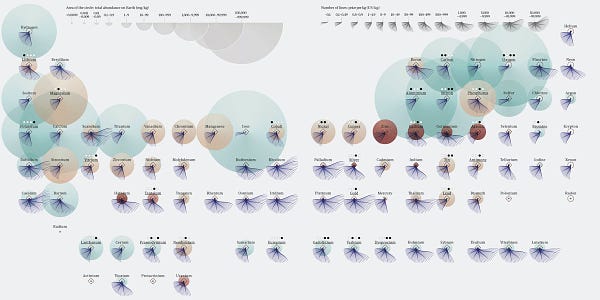
🦀 Pom pom crabs. Also known as the boxer or cheerleader crab, this adorable crab and its sea anemone ‘pom poms’ are inseparable. This is thanks to a very unique symbiotic relationship between the two. The anemones live atop the crab’s front claws- to protect the claws and help it mop up bits of food. In return, the crab feeds the anemones. If the crabs ever found themselves missing one of their ‘pom poms,’ they would split its one anemone into two. Although this sounds brutal, the process usually lasts 20 minutes, and is actually a “well-known form of sea anemone asexual reproduction.” Read more

🐙 Octopuses are hardcore. Check out this clip of this adorable tiny octopus measuring just five centimetres across. When startled, scared or enraged, octopuses release ink to confuse predators. Octopus ink contains tyrosinase, which can cause blindness and irritation, and even muddle a predator’s sense of smell and taste. Did you also know that each of their arms is smart, that they can voluntarily remove an arm, and that the suction cups on their arms allow them to taste and smell whatever they touch? As quoted in the video below, “Everything they do is hardcore.” Read more
🧊 Frozen glaciers, but not for long. We are lucky to have stumbled across this series of magnificent photographs of Alaskan glaciers. These sublime formations can extend hundreds of feet below the ocean’s surface, and are thus sensitive to warming temperatures deep below. The crisp, white crystals hanging atop these majestic structures may fool us into believing in the permanence of the frozen walls. “Despite minerals frozen feet deep in walls of ice, the steady drips of water on your forehead are gentle reminders of the delicate ecosystems around us.” Unfortunately, some of the glaciers in Alaska are melting 100 times faster than originally thought- a process abnormally accelerated by the climate emergency.
And finally, something perhaps relevant to some of us…
That’s it for this issue!
If you’re new here, we’d love to have you as a subscriber.
If you enjoyed this piece, feel free to smash the heart button below! What was your favorite feature this week? Comment or hit reply to let us know!
👇

